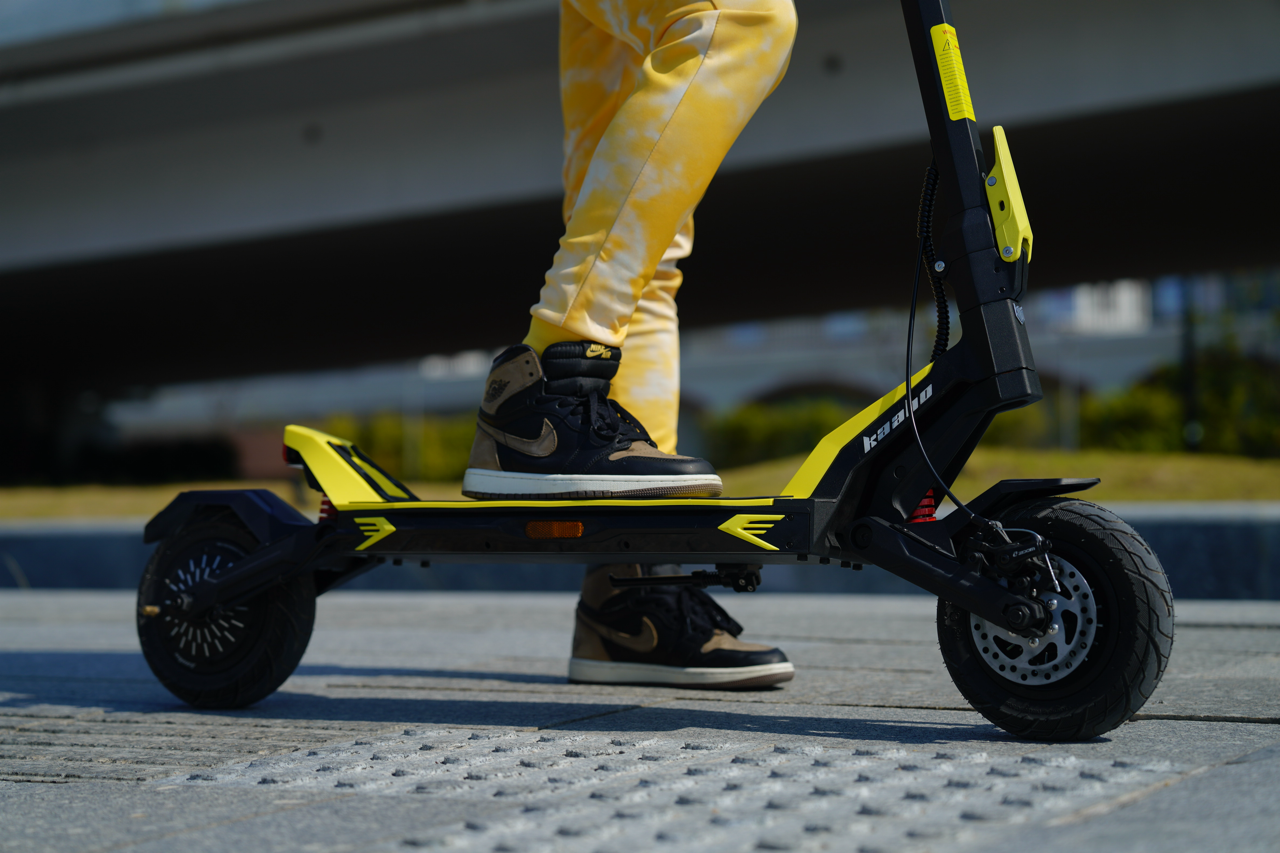0800 448 366
0800 448 366

When you're comparing electric scooters, it's easy to get lost in the numbers: watts, volts, amps, newtons of torque. But which specs actually matter—and how do you read them correctly? Here's a plain-English breakdown to help you choose the right scooter for your needs.
You’ll often see scooters advertised as “350W,” “500W,” or “1000W,” but here’s what matters:
Nominal vs Peak Power: Nominal power is what the motor delivers continuously. Peak power is the short burst it can handle. Always check both.
Single vs Dual Motor: A 1x 1000W single-motor scooter behaves very differently than a 2x 500W dual-motor setup.
More isn’t always better: Excessive power with no traction or braking to match can be dangerous, not helpful.
Tip: For NZ’s hills and stop-start traffic, look for at least 500W nominal for adults. If you are wanting to ride up hills in Auckland and Wellington then you should be looking at the the InMotion Climber or Kaabo Mantis X Eco and above.
Battery size isn’t just about range—it also affects how your scooter accelerates, climbs, and maintains speed.
Voltage (V): Higher voltage = quicker response and better hill-climbing.
Amp Hours (Ah): Determines how far you can go. More Ah = longer range.
Watt Hours (Wh): The best total measure. Multiply volts × amp hours.
Tip: For consistent city riding, 36V and 10Ah should be your absolute minimum. Longer or hillier rides? Go bigger on both V and Ah!
Don’t obsess over top speed and overlook the ride:
Brakes: Hydraulic > Mechanical Disc > Drum > Regen-only
Suspension: Essential for comfort above 30 km/h
Tyres: 10" or more pneumatic tyres offer the best grip, stability, and ride feel
Tip: A scooter that rides well is safer and more enjoyable—especially long-term.
Scooter Weight: Under 20kg is good for portability. Over 30kg = performance focus.
Max Rider Load: Don’t exceed it—handling and frame integrity are affected over time
Folding Design: Check if it locks solidly and resists stem wobble.
IP54 or above is ok for light rain
Anything lower? Avoid wet use entirely
Specs are only useful if you know what they mean in the real world. At STORM RIDES, we test every model we sell under NZ conditions—and we’ll help you match the numbers to your needs, not just the hype.